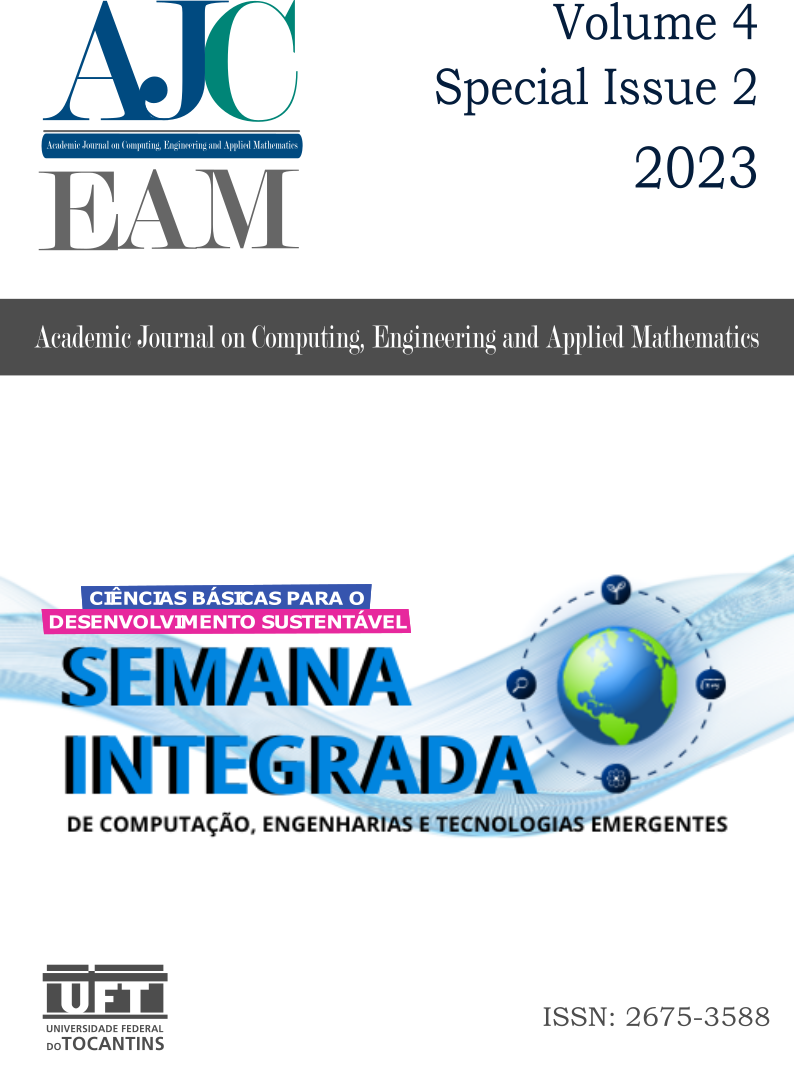Steganography using Biased Random Keys Genetic Algorithm
DOI:
https://doi.org/10.20873/uft.2675-3588.2023.v4n2.p69-72Keywords:
steganography, substitution matrix, combinatorial problem, heuristic techniques, BRKGA, MetaheuristicAbstract
Steganography is seen favorably in the digital world as an alternative for sending data via files in digital format, but there is some questioning regarding its quality and security, given that a simple degradation exposes it to data interception. In order to minimize this, the use of the substitution matrix technique tends to “mask” the embedded information, which, if remodeled, can be represented by a vector of size n, with n different values between 0 and n-1 that are ordered in a specific way can determine the sequence of bits that will replace a given sequence of bits. Finding an optimal configuration for a substitution matrix is a combinatorial problem, and deterministically infeasible, requiring the use of heuristics to find a quasi-optimal solution. In the present project we apply the concepts of Genetic Algorithms with Biased Random Keys (BRKGA) to find it, at the same time that its efficiency is attested in relation to the approach of steganography, applications of its concepts in conventional Genetic Algorithms. In the end, we concluded that some aspects may have contributed to its efficiency in relation to the GA approach proposed by [1].
Downloads
Published
How to Cite
License
Copyright (c) 2023 Getulio dos Santos Araujo, Warley Gramacho da Silva

This work is licensed under a Creative Commons Attribution-NonCommercial 4.0 International License.
Authors who publish in this journal agree to the following terms:
- Authors retain copyright and grant the journal the right of first publication, with work simultaneously licensed under the Creative Commons Attribution License (CC BY-NC 4.0), allowing work sharing with acknowledgment of the work's authorship and initial publication in this journal. ;
- Authors are authorized to enter additional contracts separately for the non-exclusive distribution of the version of the work published in this journal (eg, publishing in an institutional repository or as a book chapter), with acknowledgment of authorship and initial publication in this journal;
- Authors are allowed and encouraged to post and distribute their work online (eg, in institutional repositories or on their personal page) at any point after the editorial process;
- In addition, the AUTHOR is informed and agrees with the journal that, therefore, his paper may be incorporated by the AJCEAM into existing or existing scientific information systems and databases (indexers and databases). in the future (indexers and future databases), under the conditions defined by the latter at all times, which will involve at least the possibility that the holders of these databases may perform the following actions on the paper:
- Reproduce, transmit and distribute the paper in whole or in part in any form or means of existing or future electronic transmission, including electronic transmission for research, viewing and printing purposes;
- Reproduce and distribute all or part of the article in print;
- Translate certain parts of the paper;
- Extract figures, tables, illustrations, and other graphic objects and capture metadata, captions, and related article for research, visualization, and printing purposes;
- Transmission, distribution, and reproduction by agents or authorized by the owners of database distributors;
- The preparation of bibliographic citations, summaries and indexes and related capture references from selected parts of the paper;
- Scan and/or store electronic article images and text.



